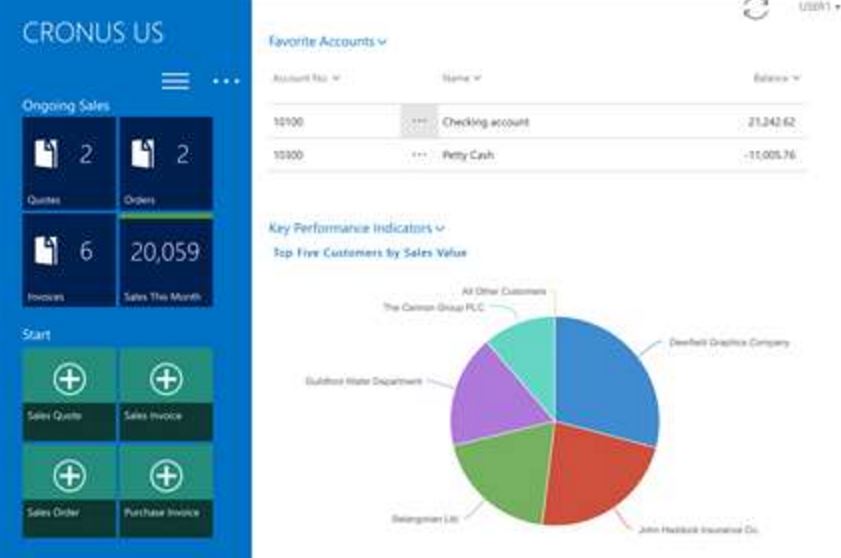What's next for Microsoft's 'other' three ERP suites

Microsoft recently released a true cloud-first version of Dynamics AX, one of its four different ERP products. But what's next for the other three Microsoft ERP suites?

At this week's Envision conference, Microsoft execs gave a peek at the roadmap for Dynamics NAV, GP and SL.
The release cadence for these three ERP suites is speeding up, officials told attendees of Envision, Microsoft's new conference for business decision makers (and the event that replaces the company's Convergence show for Dynamics CRM and ERP customers and partners). Users should expect at least yearly updates, and sometimes updates every six months to these three ERP suites, officials said.
The next of the ERP products to get a facelift will be Dynamics NAV. I'm hearing from some of my contacts that Microsoft may unveil the next Dynamics NAV release, codenamed "Madeira," as soon as next week.
Dynamics NAV is Microsoft's small- and midsize-business-focused ERP offering. At Envision on April 4, company officials said to expect "NAV vNext" during the second half of calendar 2016.
On the feature list for this upcoming release: An enhanced Office 365 "experience"; improved developer experience; service integrations; faster setup and configuration and Azure integration.Various bloggers covering Microsoft Dynamics noted late last year that the Azure integration would center around availability of pre-packaged Azure machine-learning services for NAV users.
A private preview of Microsoft's "Project Madeira" application is listed already in the Windows Store. The app description notes that users will "see how easy it is to manage your sales, finances, billing, purchasing, and inventory -- all without leaving Outlook."
"This Project 'Madeira' for Windows app extends the experience to your mobile and touch-enabled devices for productivity on the go," the app description adds. Madeira works on Windows 8.1, Windows 10, Windows Phone 8.1, and Windows 10 Mobile devices, according to the Store listing.
Update (April 7): There's more information available (at least for now) about the Project Madeira app. (Thanks to The Walking Cat for the link to the preview sign-up page.) The introduction states: "'Project 'Madeira' is a business management solution for small and mid-sized organizations that automates and streamlines business processes and helps you manage your business. Signing up is easy, and you can migrate existing business data from your legacy system."
From the details on the Madeira pages, it looks like Outlook users can get Madeira as an Outlook add-in. Madeira also can be used in a variety of Web browsers on Windows and non-Windows platforms.
The next post-Madeira version of Dynamics NAV is on tap for some time in calendar 2017, Microsoft officials said yesterday.
Dynamics GP users will get their next release, Dynamics GP 2016, on May 1. This version will include an HTML Web client and workflow enhancements. The coming release also will include new "All in One" features, which allow users to have a single-page view of all information related to a specific customer, payment or other category.
Dynamics GP is currently on a six- to nine-month cycle for updates, officials said.
On the Dynamics SL front, there are new versions of this ERP offering coming in the second half of calendar 2016, as well as in "2017+," officials said.
This year, SL users should expect Cumulative Update 2 for Dynamics SL 2015, which will include hot fixes, Web app enhancements and Power BI integration. After that, Dynamics SL 2017 will feature a rich client; Web apps for desktop, tablet and smartphone; and more integrated Power BI capabilities.
Last year, as part of one of Microsoft's corporate reorgs, management moved the Dynamics CRM and ERP engineering organization under the company's Cloud & Enterprise group, which may explain the increasing number of links between ERP and Microsoft cloud services like Azure, machine learning, Office 365 and Power BI.